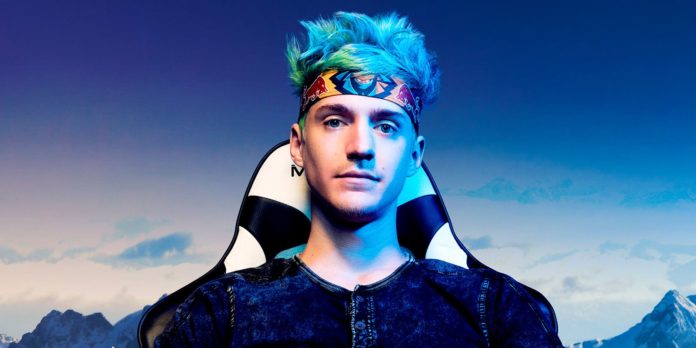
For the past decade, the buzzword of all buzzwords has been “Millennial.” If you have been living under a rock – “AFK” as the Millennials would say — then you might not know that the Millennial generation is the term used to describe my generation: those born between 1982-1999. There is a certain stigma that comes with being a Millennial, and — as someone on the outer edges of that generation (by only a matter of months) — I can sympathize with the Millennial detractors. Yes, Millennials spend too much time on their phones. Yes, Millennials spend too much time on the internet. Yes, Millennials spend too much time playing video games.
What if they are onto something? By all accounts, Millennials are THE target audience for air shows across North America. In order to get them engaged at air shows, we as an industry are going to need to meet them where they are and turn them into the solution. As a Millennial, I am here to give you a report from behind the frontlines of their generational assault on our culture.
Like millions of people, I have laughed at the viral videos of Millennials so engrossed in their phones that they walk into lamp poles, bus stop signs, goldfish ponds, or even another Millennial staring at their own phone (though, to be fair, there are plenty of Baby Boomers featured in those blooper reels, too). Like countless drivers, I have seen people on the road swerving in and out of their lane of traffic only to discover at the next stoplight that they are on their phones. A 2016 study found that drivers between 16 and 24 were more than twice as likely to be manipulating a handheld device than drivers 25 to 69. My generation is addicted to its technology, but if we agree to put aside the negative consequences of distractions, we can focus on just what it is those Millennials are doing all the time on those phones.
Millennials are consuming media. Lots of media. Incomprehensible amounts of media. A conservative estimate would be that 15,000 gigabytes of data cross the cellular network every second. That is enough data in one day to stream the entire “Lord of the Rings” trilogy in HD 200 million times. Millennials scoff at the phrase “go read a book” because instead of reading “The Jungle Book” they can watch an entire BBC series on the jungle from their phone in brilliantly high definition.
Millennials are also communicating in ways previous generations cannot fully fathom. Because of their technological ingenuity, Millennials can keep in contact with hundreds and thousands of their friends and family instantly, regardless of distance. Clearly, there is money to be made and efficiencies to be gained from this enormous, gluttonous consumption of media. But I want to emphasize a different point: the apps and technologies that my generation are using to communicate are developed and managed by other Millennials.
As of 2016, the median age of employees at Mircosoft, Apple, Amazon, Yahoo, Google, Facebook and Salesforce was between 27-33. Millennials are great at figuring out what other Millennials want.
Have you ever heard of Tyler Blevins? I would be surprised if you have, unless you are a fellow Millennial. Other than his brightly dyed hair, you would likely not notice his unassuming 5-foot, 8-inch frame if you bumped into him on the street, but Tyler Blevins is a 27-year old internet celebrity with more followers on Instagram than Tom Brady and Roger Federer COMBINED. His channel on the live streaming site Twitch attracts well over 50,000 individual viewers every day for an 8-hour broadcast during which Blevins plays the online video game Fortnite for his paying viewers. In 2018, Blevins played a game with the hip-hop star Drake, and had over 400,000 live viewers. Millennials wanted to watch other Millennials play video games, so Amazon hired a lot of young people and created the solution. One gaming website – one website — now draws as many active viewers in a single day as the entire North American air show community attracts in an entire year. It might not be your cup of tea, but the numbers speak for themselves.
What does this have to do with air shows, you darn Millennial? Everything.
Like I said, I would do a disservice to present myself as a marketing expert or a social media guru. I have observed my generation grow, and I can say that the most effective use of Millennials is to use Millennials. Hire them. Make them volunteers. Engage with them. Put one or two of them on your show’s board. Anything.
But listen to them.
Millennials are considered lazy, but they will use their skillsets to solve problems that you didn’t know existed or considered unsolvable. Millennials did not like to drive to their favorite take-out restaurants, so they created DoorDash which delivers takeout food from restaurants without delivery services. Using Millennials here at ICAS Headquarters has resulted in serious cost savings. We have automated the processing of Statement of Aerobatic Competency card applications, saving thousands of dollars each year. We have developed a social media platform to grow attendance at air shows around the world, increasing revenue. We are using the technical skills of Millennials to develop an international database to track trends in air show safety and to make predictive improvements that will save lives and possibly millions of dollars. Perhaps it is time for us to stop asking ourselves what we can do to get Millennials involved and start letting Millennials figure it out for themselves.







